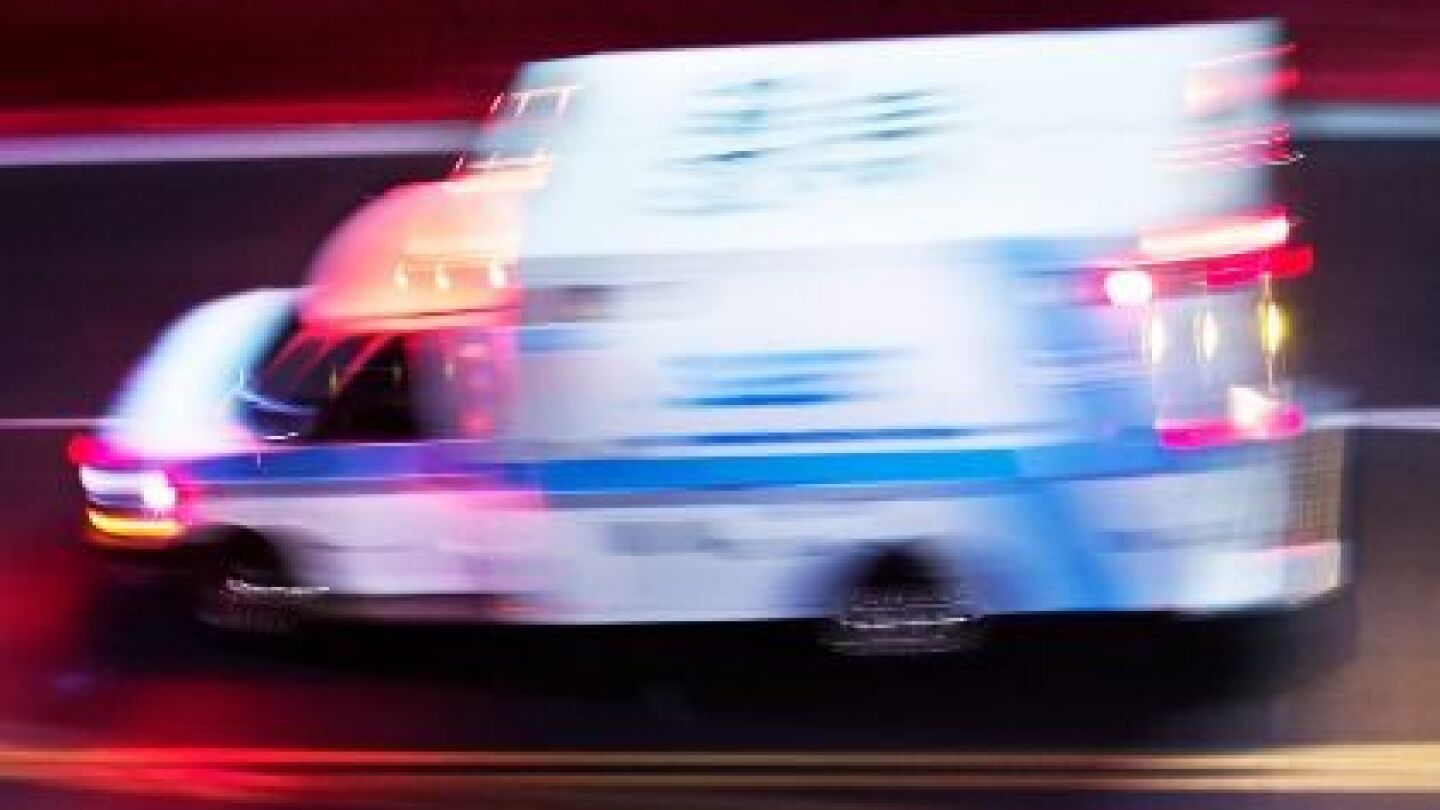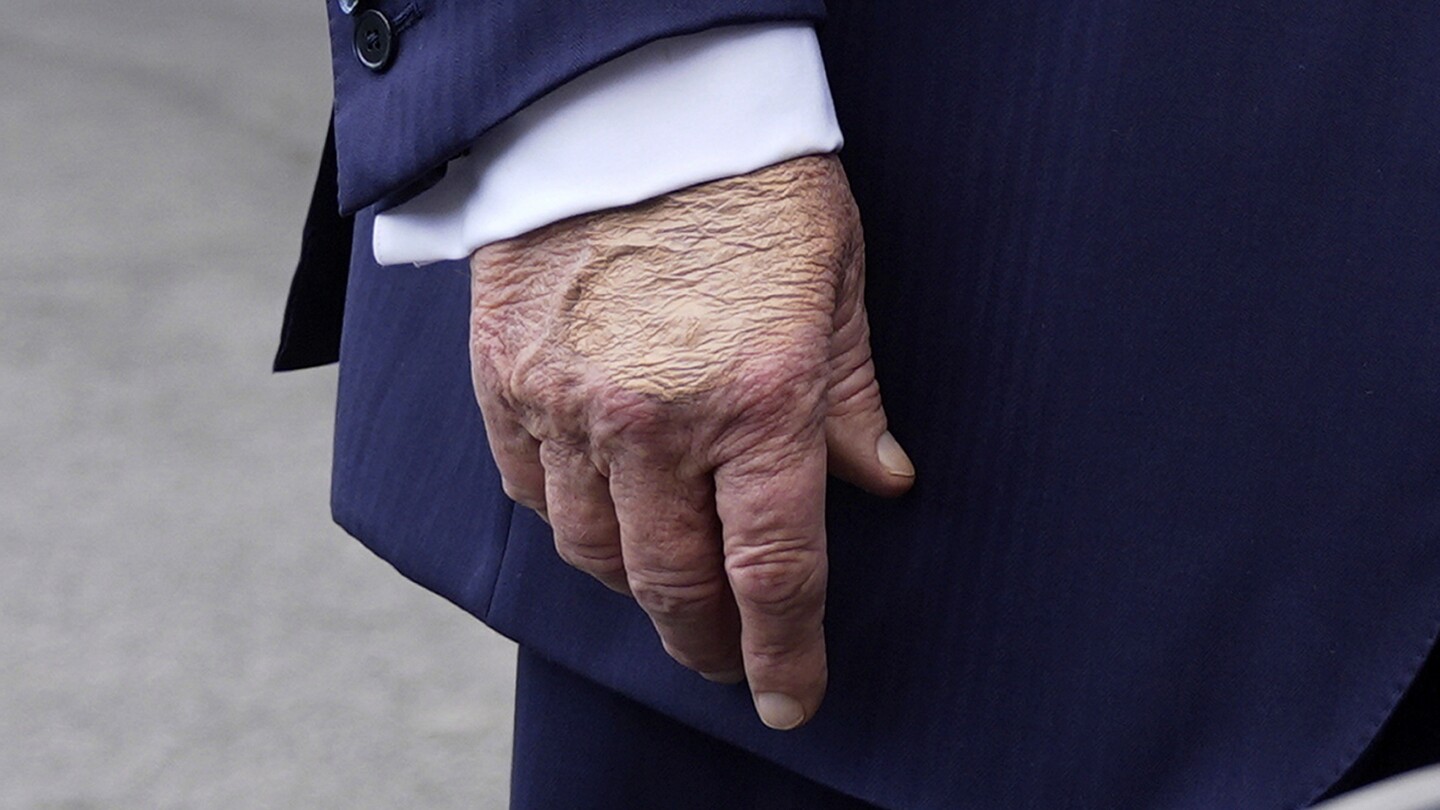Patient Assessment
Patient assessment is the process an EMT or paramedic follows to evaluate an injured or ill patient. The process includes a scene size-up, which is the identification and mitigation of risks, a primary assessment to find and fix life threats and a secondary assessment to perform a focused history and physical exam of the patient. Each step is an opportunity to collect information that will guide treatment and inform a transport decision. In the EMS1 Patient Assessment topic find the latest news about patient assessment and top resources to improve your patient assessment skills.
How to assess and when to transport patients injured by tear gas, pepper spray or rubber bullets
When the conditions are ripe, the distinction between intoxication and a diabetic emergency can easily be blurred
Critical insights on the safe administration of ketamine, versed, lorazepam, ativan and haloperidol
When it feels like gravity is working overtime, learn the skills and mindset to handle fall calls with confidence and compassion
Dozens of Miami-Dade Fire Rescue crews responded to a spill at a shared semi-truck depot
Portland firefighters rescued a resident and, with the ambulance 10 minutes out, transported the patient themselves
EMS transported multiple Auburn Correctional Facility officers and staff with dizziness, nausea and headaches after contact with inmate mail and cellblock air
Your cheat sheet for spotting kidney dysfunction before it’s too late
A Denver rail worker suffered severe injuries and had his leg amputated after being trapped by a derailed train car at the BNSF Globeville Yard
Montgomery County Hospital District (MCHD) compares the effectiveness of two parenteral analgesics in the prehospital setting
Statewide data reveals a 42% increase in pediatric suicide and self-harm related calls, prompting new protocols and provider support initiatives
Dallas Fire-Rescue personnel evaluated over a dozen passengers after a DART light rail train caught fire
A Delta flight from Salt Lake City to Amsterdam was diverted after severe turbulence injured passengers and crew, with reports of people and carts thrown into the air
A longtime Danville city councilmember was doused in gasoline and set on fire inside a magazine office by a man with a personal grievance, not linked to politics
Ten people were evaluated and 100 evacuated after carbon dioxide levels spiked inside Holly Poultry
St. Charles County Ambulance District proves that excellence in airway care starts with culture, not complexity — backed by data, design and relentless feedback
A gas line explosion near Johnstown sent five people to the hospital and forced evacuations
Distinguishing between the conditions starts with fluid history and symptom patterns
Eight children at a Cambridge church concert were hospitalized with seizure-like symptoms possibly linked to cleaning fumes
The assessment sequence that could save lives — Are you using it?
A 61-year-old Long Island man is in critical condition after being pulled into an active MRI machine by his metal necklace at a Westbury imaging center
A stolen Camaro crashed into a bus on I-35, causing a multi-vehicle pileup that killed four and injured 21
A vehicle slammed into a crowd outside an East Hollywood venue early Saturday, injuring 30 people, including seven critically
Patients in their 30s and 40s highlight the importance of early rehab, risk recognition and determination in overcoming stroke
The diagnosis was made after President Donald Trump noticed mild swelling in his lower legs, and tests found no signs of heart failure or arterial disease
The 61-year-old man died after a lightning strike at an archery range during a Cub Scounts event, with other victims, including children, suffering burns and other injuries
The on-scene blood transfusion initiative is the first of its kind among major cities in Ohio
A suspected mass overdose in Baltimore’s Penn North neighborhood sent at least 25 people to the hospital Thursday, triggering a level-one mass casualty response
A Lexington paramedic’s monitor failed to detect carbon monoxide during an initial call to an apartment later condemned after a suspected gas leak killed one person and injured others
Are there exceptions to this hard-and-fast EMS rule?
UT Southwestern Medical Center research finds ED visits for heat-related illnesses among children have spiked sharply over the past decade
An 8-year-old boy was critically injured after falling 20 feet into a shaft near the top of the Koko Head Trail in Oahu
One man died and at least nine others were hospitalized after high levels of carbon monoxide, flammable gas and methane were found during a gas leak at a Lexington apartment complex
MOST POPULAR
- 8 dead, at least 40 injured in Fla. bus crash
- Measles: What it is, how it spreads and what to do if you suspect it
- Ariz. EMTs, paramedics face $5M wrongful death lawsuits
- Study: Paramedics are shifting to supraglottic airways
- On-demand webinar: Mastering capnography in EMS – Overcoming monitoring challenges



































